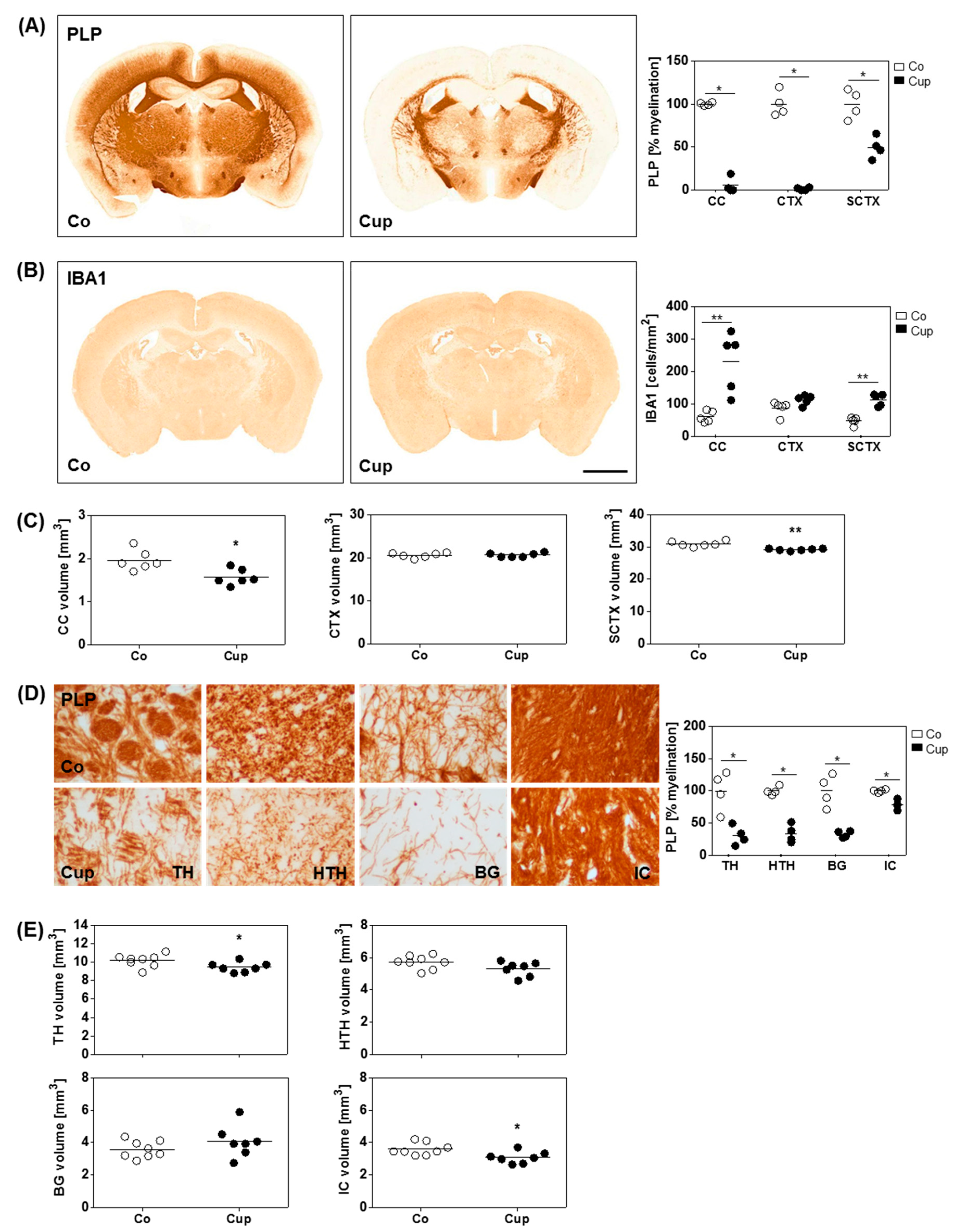
Eliminating the need for information about the geometry of the cells under investigation results in more robust data because potential sources of systematic errors in the calculations are eliminated. The term “design-based” indicates that the methods and the sampling schemes that define the newer methods in stereology are “designed,” that is, defined a priori, in such a manner that one need not take into consideration the size, shape, spatial orientation, and spatial distribution of the cells to be investigated.

However, in the current use of design-based stereology, many methods make use of three-dimensional sections. Originally, design-based stereology was described as a set of methods that provide a three-dimensional interpretation of structures based on observations made on two-dimensional sections. Its advantages over other quantitative techniques in respect to rigor, accuracy, and consistency of results have been documented extensively in the scientific literature. Design-based stereology has become the method of choice in quantitative histological analysis.

In recent years, the application of design-based stereologic methods to the analysis of the central nervous system has contributed considerably to our understanding of the functional and pathological morphology of the aging brain.


 0 kommentar(er)
0 kommentar(er)
